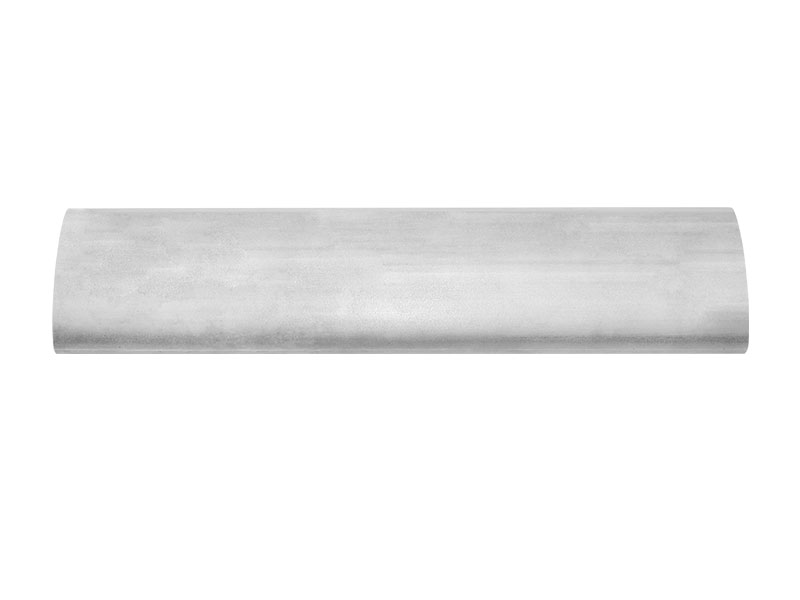Abstract:Reducing sensitization in welded stainless steel pipe has a significant positive impact on their corrosion resistance and overall performance. Sensiti
Reducing sensitization in
welded stainless steel pipe has a significant positive impact on their corrosion resistance and overall performance. Sensitization is a condition that occurs in some stainless steel grades after welding, particularly in the heat-affected zone (HAZ) and near the weld metal, where chromium-rich carbides can form along the grain boundaries. This chromium depletion makes the stainless steel more susceptible to corrosion, especially in certain aggressive environments. Here's how reducing sensitization benefits welded stainless steel pipes:
Improved Corrosion Resistance: Sensitization can compromise the corrosion resistance of stainless steel by reducing the availability of chromium at the grain boundaries. When sensitization is reduced or eliminated through processes like post-weld heat treatment (PWHT), the stainless steel's corrosion resistance is restored or enhanced. This is crucial for applications in corrosive environments, such as chemical processing, marine, or offshore structures.
Prevention of Intergranular Corrosion: Sensitization is often associated with intergranular corrosion, where the attack occurs preferentially along the grain boundaries. Reducing sensitization helps prevent or mitigate intergranular corrosion, which can lead to premature failure of the welded stainless steel pipe.

Enhanced Longevity: Welded stainless steel pipes that have been properly treated to reduce sensitization have an extended service life because they are less susceptible to corrosion-related degradation. This can result in lower maintenance costs and a longer time between replacements.
Improved Mechanical Properties: Sensitization can negatively affect the mechanical properties of stainless steel, including reduced ductility and impact toughness. Reducing sensitization through processes like PWHT can lead to improved mechanical properties, ensuring that the welded pipe meets the necessary strength and toughness requirements for its intended application.
Resistance to Stress Corrosion Cracking (SCC): Reduced sensitization reduces the risk of stress corrosion cracking, a type of corrosion that occurs under both tensile stress and a corrosive environment. Stainless steel pipes with lower susceptibility to sensitization are less likely to experience SCC failures.
Consistent Performance: Welded stainless steel pipes with reduced sensitization exhibit more consistent and predictable performance over their service life. This is especially important in critical applications where the reliability of the pipe is paramount.
Compliance with Standards: Many industry standards and codes require the reduction of sensitization in certain stainless steel grades to ensure the materials meet safety and performance criteria. Meeting these standards is often a regulatory requirement.
Minimized Leaching of Alloying Elements: Sensitization can lead to the leaching of alloying elements like chromium and nickel, which are essential for corrosion resistance. Reducing sensitization helps retain these elements within the material, maintaining the intended material properties.
